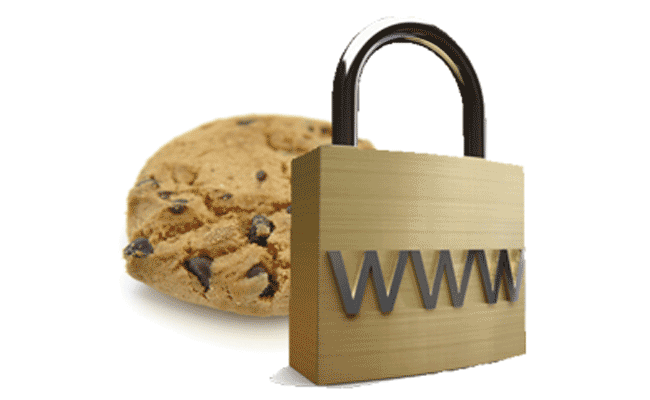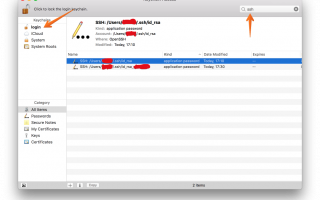Prevent the use of a cookie on the client side with HttpOnly
A cookie can be set and used according to the instruction of a web server, but also directly on the web browser via JavaScript.
In an XSS breach case, an attacker could inject some Javascript, and potentially access to the cookies that, as a reminder, often contain sensitive information. First of all, it is obviously better to prevent the XSS breaches. Then you can avoid those weaknesses to be exploited by defining a Content Security Policy.
The “HttpOnly” flag blocks the cookies usage via Javascript: if an attacker succeeds in injecting some javascript despite all your precautions, he won’t be able to access the cookies anyway. That will significantly limit the attack range.
Forbid to use a cookie without HTTPs thanks to the Secure flag
We regularly recommend it on this blog: your website should use HTTPs. If you have already adopted this protocol and applied our previous advice, you may think that your cookies are protected as they are transmitted through a secure communication and as they can’t be reached in Javascript. Unfortunately, a noticeable issue remains.
What if a user comes to your website via HTTP, simply because he’s typing your URL without mentioning “https://”? This could also happen if your web page contains mixed content.
Setting an HTTP Strict Transport Security (HSTS) header, that will enforce HTTPS usage for all the upcoming visits, will limit the risks related to the first scenario. But all the browsers do not support this header… Still, the first visit remains an issue. About the second scenario, the Content Security Policy can prevent from any mixed content risk with browsers that support “Upgrade Insecure Requests” policy.
Actually, only the secure attribute will let you forbid a cookie to be ever transmitted via simple HTTP.
The interest of this flag is clearly mentioned in the RFC HTTP State Management Mechanism:
Servers that require a higher level of security SHOULD use the Cookie and Set-Cookie headers only over a secure channel. When using cookies over a secure channel, servers SHOULD set the Secure attribute (see Section 4.1.2.5) for every cookie. If a server does not set the Secure attribute, the protection provided by the secure channel will be largely moot.
Obviously, keep in mind that a cookie using this secure flag won’t be sent in any case on the HTTP version of your website. So be careful if your website still has got both HTTPS and HTTP areas.
As a conclusion, do not forget that our web page analysis tool will let you ensure at a glance that all of your cookies are secured, by checking if HttpOnly and secure are properly used!



